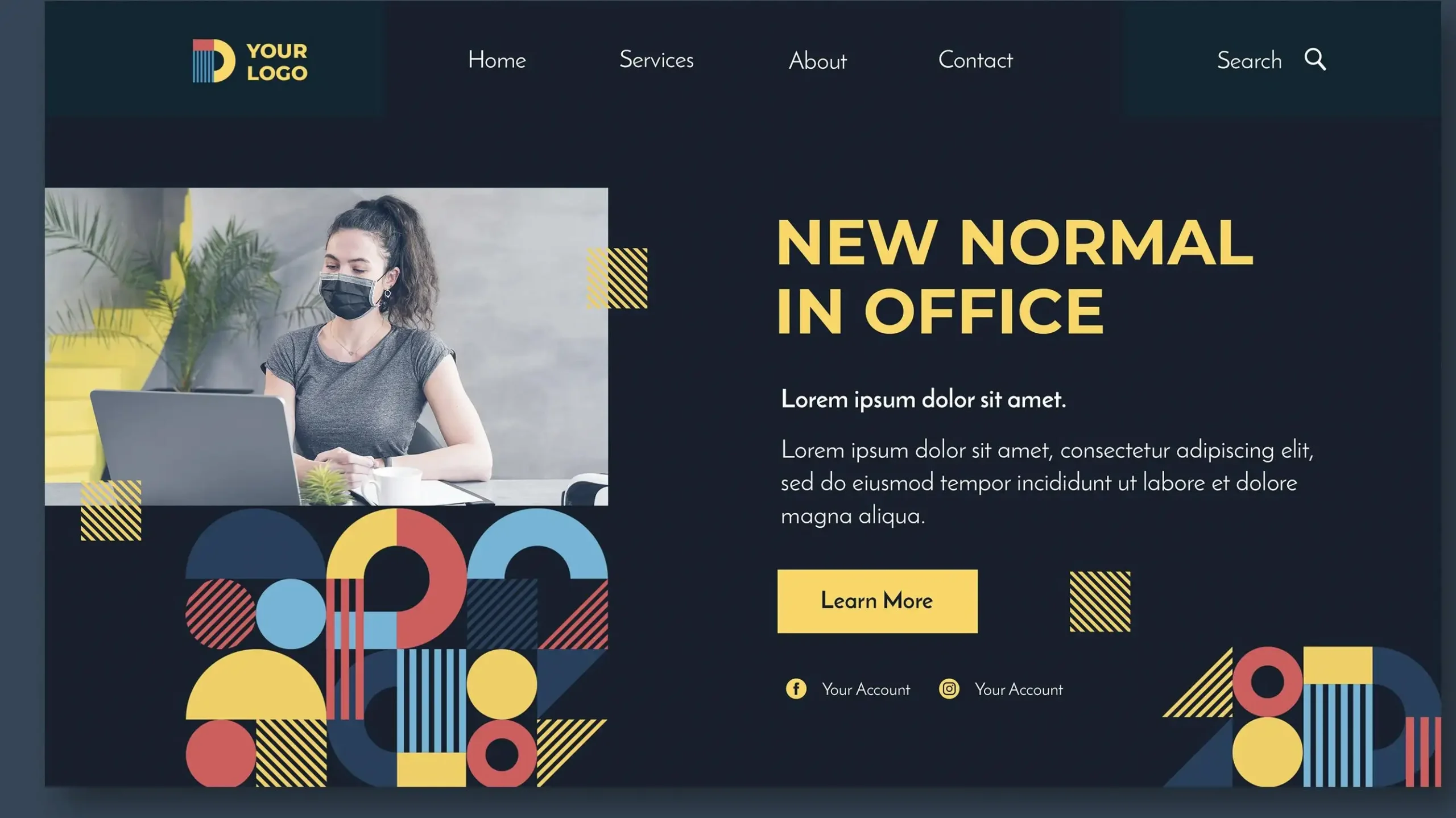Introduction
In today’s digital age, phone numbers have become more than just a means of communication. They often carry a sense of mystery and intrigue, especially when they appear uninvited on our devices. One such number that has piqued curiosity is 540-315-8592. This article delves into the phenomenon of unidentified phone numbers, exploring their impact on individuals, the reasons behind their frequent appearance, and the broader implications for privacy and security.
The Rise of Unidentified Phone Numbers
The rise of unidentified phone numbers can be traced back to the rapid advancement of telecommunications technology. As landlines gave way to mobile phones and smartphones, the methods of communication diversified, making it easier for individuals and businesses to reach others. However, this technological evolution also paved the way for misuse.
Unidentified phone numbers often belong to telemarketers, scam artists, and automated calling systems. These calls can be disruptive, causing frustration and concern among recipients. The number 540-315-8592, for instance, has become a part of this larger trend, often prompting questions about its origin and intent.
The Impact on Individuals
Receiving calls from unknown numbers like 540-315-8592 can have several impacts on individuals, ranging from mild annoyance to significant distress. Here are some key effects:
- Anxiety and Stress: Frequent calls from unidentified numbers can cause anxiety, especially when the caller does not leave a message or attempts to disguise their intent. For some, this anxiety can escalate into a more profound sense of unease, particularly if they fear they are being targeted.
- Disruption of Daily Life: Persistent calls can disrupt an individual’s daily routine. Whether at work, during family time, or in moments of rest, the intrusion of these calls can be irritating and unwelcome.
- Privacy Concerns: Unidentified numbers raise concerns about privacy. People often wonder how their number was obtained and worry about the potential misuse of their personal information. This concern is heightened in an era where data breaches and identity theft are prevalent.
- Financial Scams: Some unidentified calls are part of elaborate scams designed to steal money or personal information. Callers may pose as representatives of legitimate organizations, using convincing tactics to deceive their targets.
The Mechanics Behind Unidentified Calls
Understanding why numbers like 540-315-8592 call can shed light on the broader issue of unidentified phone numbers. Here are some common reasons behind these calls:
- Telemarketing: Telemarketing remains one of the most common sources of unidentified calls. Companies use automated systems to dial numbers, often with the goal of selling products or services. While some telemarketing efforts are legitimate, others can be aggressive and intrusive.
- Robocalls: Automated calling systems, or robocalls, are used for a variety of purposes, including political campaigns, surveys, and marketing. These calls can be particularly annoying because they are often pre-recorded and relentless.
- Scams and Fraud: Scammers frequently use unidentified numbers to mask their identity and evade detection. These calls can range from fraudulent offers and phishing attempts to more sophisticated schemes involving impersonation of authorities or businesses.
- Debt Collection: Legitimate debt collectors sometimes use unidentified numbers to contact individuals who owe money. However, this practice can also be exploited by fake debt collectors aiming to extort money from unsuspecting victims.
Case Study: 540-315-8592
To illustrate the impact of unidentified numbers, let’s examine the specific case of 540-315-8592. This number has been reported by many individuals across various platforms, sparking curiosity and concern. While the exact source of the number remains unclear, several theories have emerged:
- Telemarketing Campaigns: Some reports suggest that 540-315-8592 is associated with telemarketing campaigns. These campaigns often target a large number of people, leading to widespread reporting of the number.
- Scam Operations: There are indications that the number may be linked to scam operations. Individuals have reported receiving calls that seem suspicious, with callers attempting to extract personal information or solicit payments.
- Robocalls: The frequency and pattern of calls from 540-315-8592 suggest the possibility of robocalls. Automated systems can generate numerous calls in a short period, contributing to the volume of reports.
- Legitimate Business: There is also a chance that the number belongs to a legitimate business or organization using outdated or aggressive outreach methods. This scenario underscores the complexity of identifying the true source of unidentified calls.
Broader Implications for Privacy and Security
The phenomenon of unidentified phone numbers, including 540-315-8592, has broader implications for privacy and security in the digital age. Here are some key considerations:
- Data Protection: The prevalence of unidentified calls highlights the importance of data protection. Individuals must be vigilant about sharing their phone numbers and personal information. Companies should also adopt robust data protection measures to prevent unauthorized access and misuse.
- Regulation and Enforcement: Governments and regulatory bodies play a crucial role in addressing the issue of unidentified calls. Stricter regulations and effective enforcement can help curb the misuse of phone numbers for telemarketing and scams.
- Technological Solutions: Advances in technology can provide solutions to the problem of unidentified calls. Caller ID services, call-blocking apps, and advanced spam detection algorithms are tools that individuals can use to protect themselves from unwanted calls.
- Public Awareness: Raising public awareness about the risks associated with unidentified calls is essential. Educating people on how to recognize and respond to potential scams can reduce the likelihood of falling victim to fraudulent schemes.
Strategies for Managing Unidentified Calls
Given the potential impacts and risks associated with unidentified calls, it is important for individuals to adopt strategies to manage and mitigate these interruptions. Here are some practical tips:
- Use Call-Blocking Apps: There are numerous call-blocking apps available that can help filter out unwanted calls. These apps use databases of known spam numbers and user reports to identify and block suspicious calls.
- Register with Do Not Call Lists: Many countries have Do Not Call registries where individuals can register their phone numbers to reduce telemarketing calls. While not foolproof, this can help minimize the number of unsolicited calls.
- Verify Caller Identity: If you receive a call from an unidentified number, do not provide any personal information until you have verified the caller’s identity. You can ask for their name, organization, and a callback number to confirm their legitimacy.
- Report Suspicious Calls: Reporting suspicious calls to authorities or organizations that track scam activities can help prevent others from falling victim to the same schemes. Many countries have dedicated platforms for reporting such incidents.
- Educate Yourself and Others: Stay informed about common scam tactics and share this knowledge with friends and family. Awareness is a powerful tool in preventing fraud and protecting personal information.
Conclusion
The case of 540-315-8592 is a microcosm of a larger issue affecting millions of people worldwide. Unidentified phone numbers can cause significant disruption and concern, highlighting the need for better privacy protections and regulatory measures. By understanding the mechanics behind these calls and adopting proactive strategies, individuals can better manage the impact of unidentified phone numbers and safeguard their personal information. As technology continues to evolve, so too must our approaches to dealing with the challenges it brings, ensuring that our communication remains secure and our privacy intact. See more




